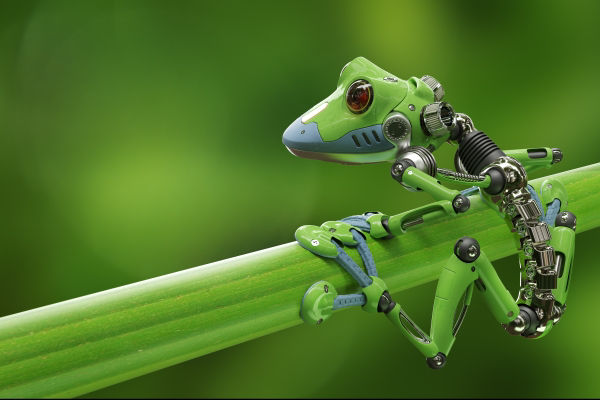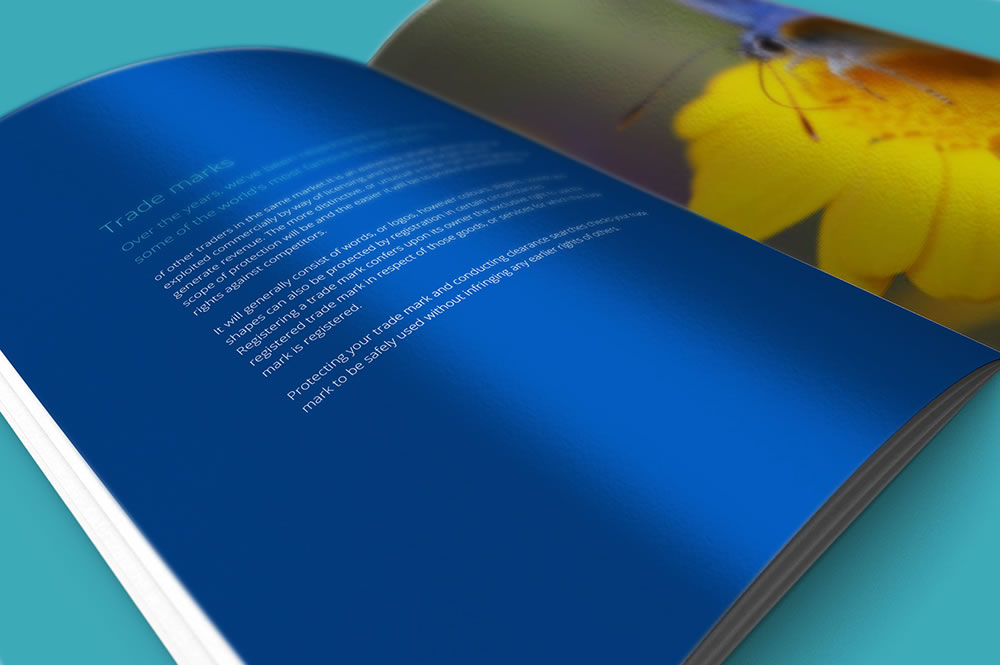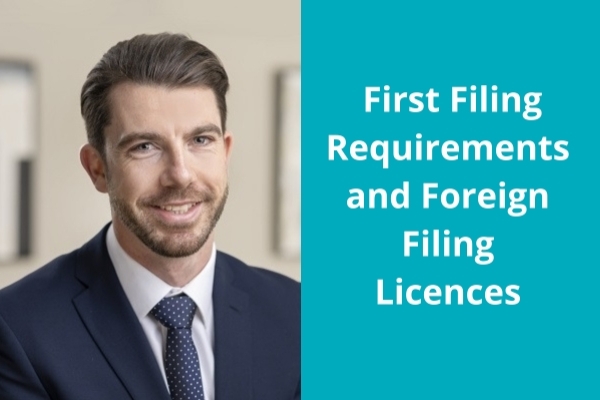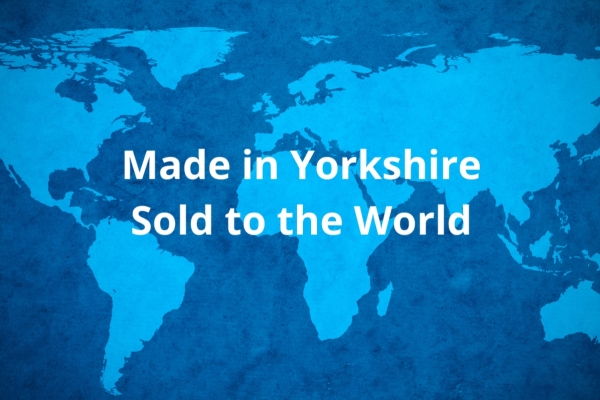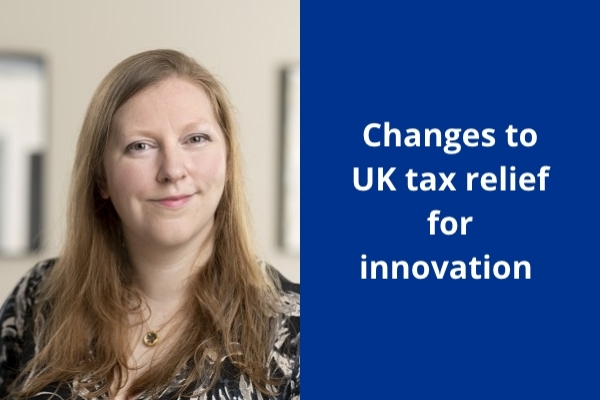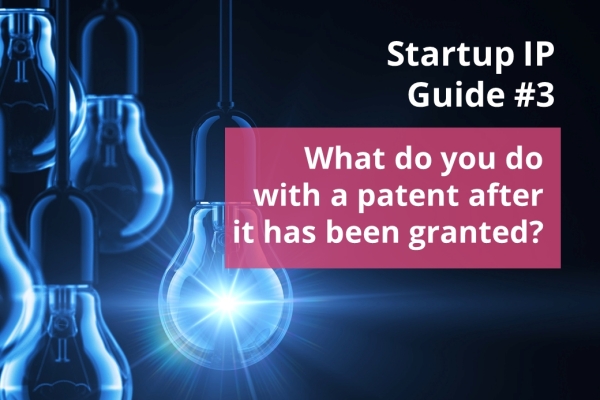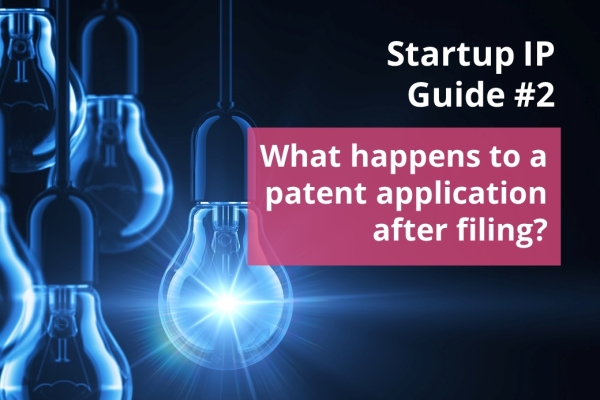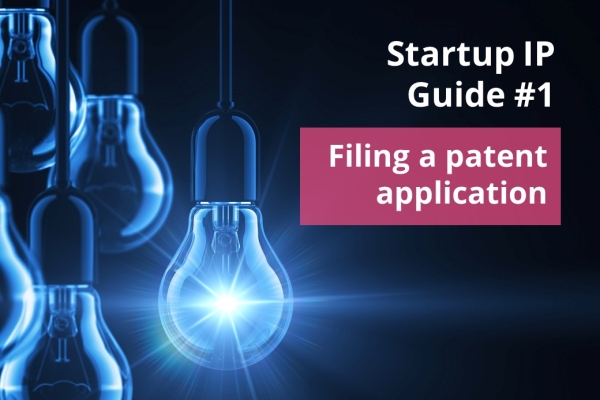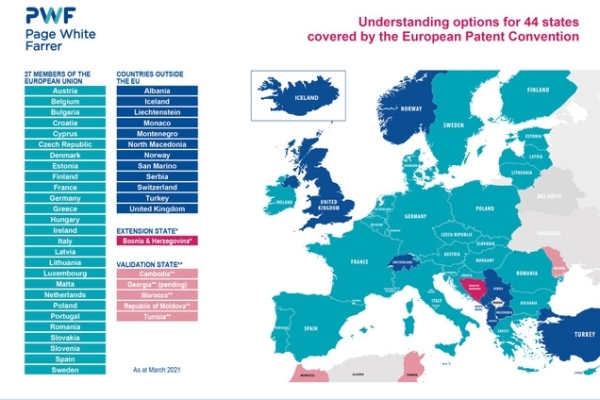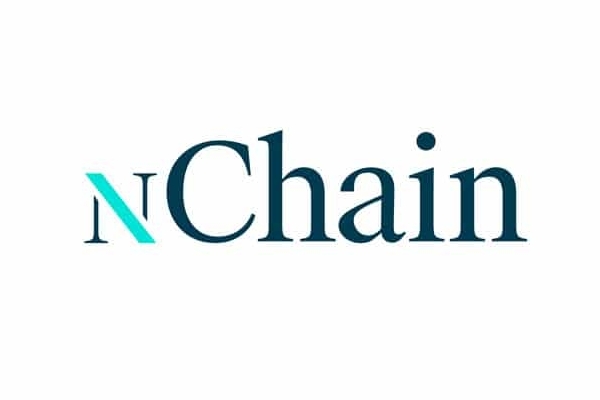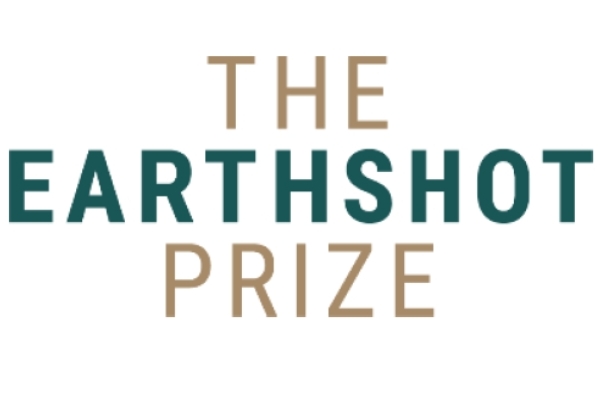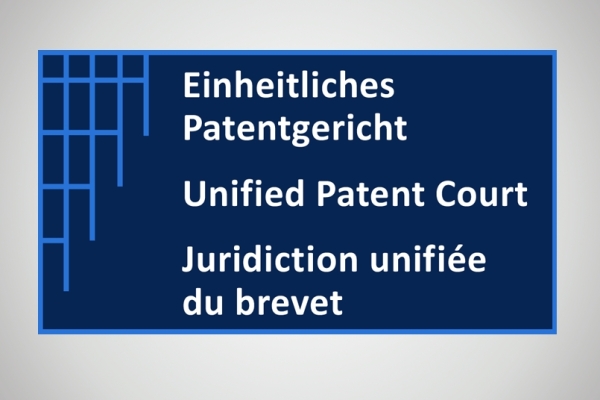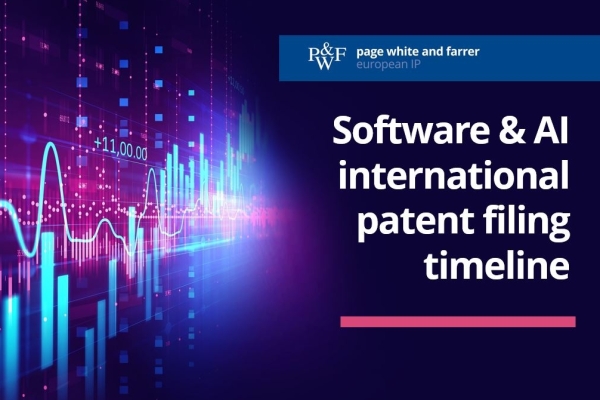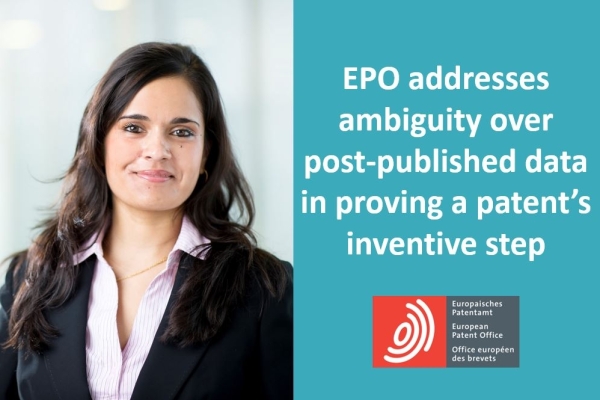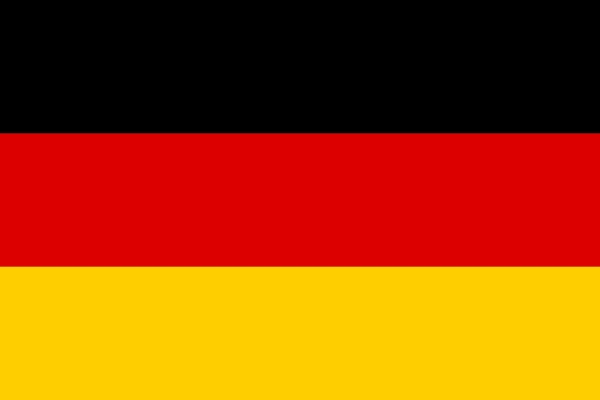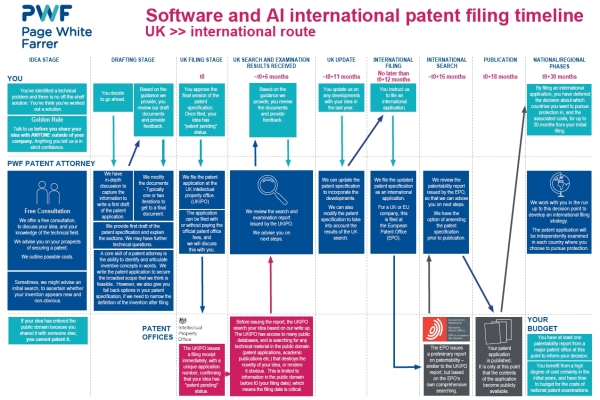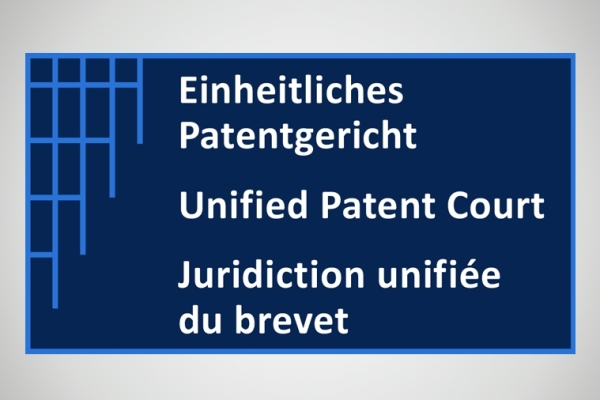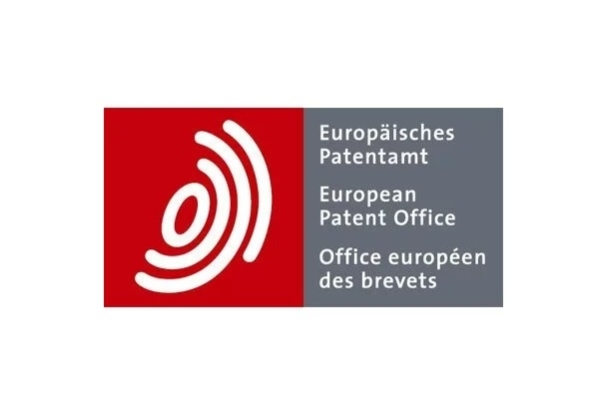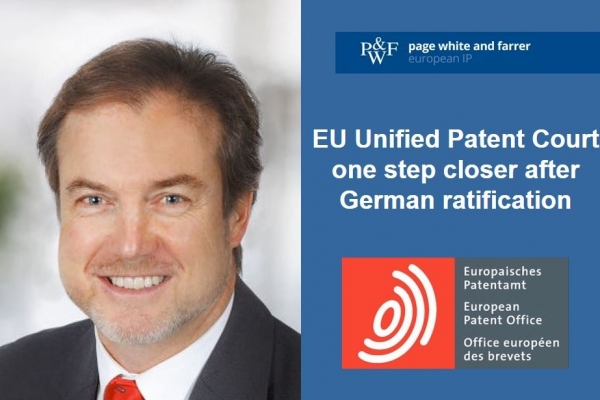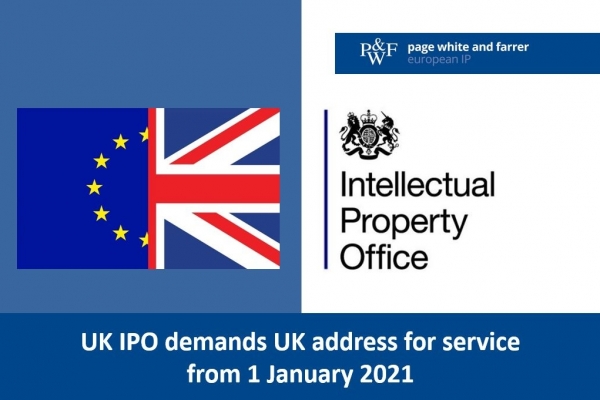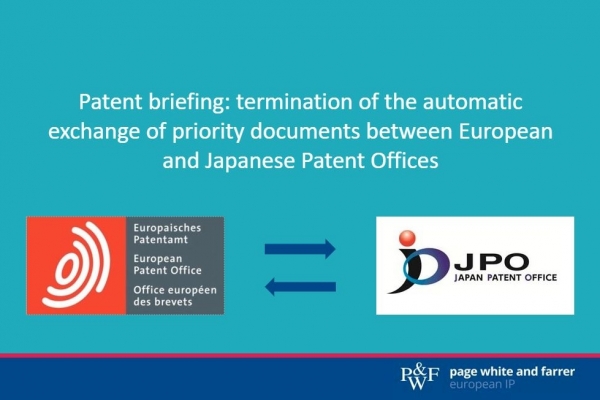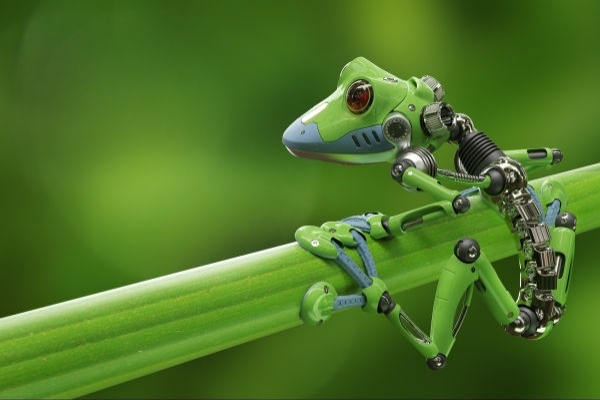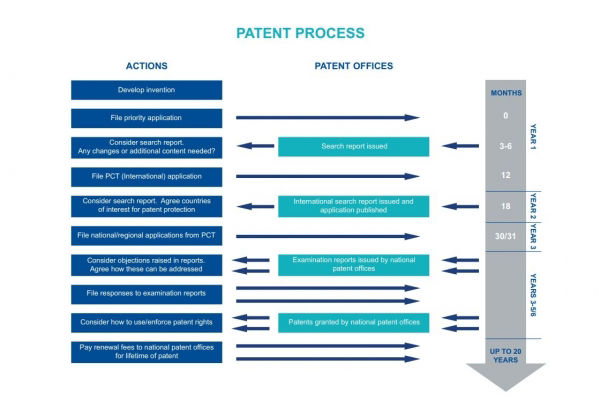Patent application drafting and filing
It is vitally important that your patent application is well drafted so as to ensure that it has the potential to provide you with valuable commercial protection for your invention. This is particularly the case since new content cannot normally be added to an application once it has been filed.
Our patent attorneys have specialist expertise in a wide range of technical sectors including chemistry, electronics, life sciences, mechanical engineering, business methods, and software patents (including AI). They also have up-to-date legal knowledge and practical experience of how to get a patent in the various countries around the world, including economically important territories such as Europe, USA, China and Japan.
What is in a patent application?
A patent application generally consists of a request form, which provides the formal details of the applicant(s), inventor(s) and any legal representative, and a specification, which provides the technical details of the invention. The specification includes one or more claims, a description, and optionally drawings and/or a sequence listing (if the application includes any DNA, RNA or protein sequences).
Drafting a successful patent application
Typically, our patent attorneys in London and Munich work with inventors to identify the invention and write the specification, paying attention to the subject matter covered by the claims which define the scope of protection for the invention, i.e. the legal right, that is being sought.
The claims usually include one or more independent claims and a number of dependent claims:
- the independent claims define the invention in the broadest possible terms; and
- the dependent claims refer back to an independent claim and are narrower in scope. The dependent claims indicate specific features of the invention and provide a fallback position for the independant claims.
One of our skills is to consider what simple modifications and obvious variants can be made to the invention, and ensure that these are covered by the claim scope, so that competitors cannot easily circumvent the patent once it is granted.
In most territories the claims can be directed to a product, a process or method, or an apparatus. Some territories also allow claims directed to uses. It is usually helpful to include all appropriate claim categories in the application so as to ensure maximum possible protection.
The content of the description also needs to be considered carefully. The description must provide a complete disclosure of the invention so as to enable the invention to be put into practice, and if possible should include at least one specific example of a working embodiment of the invention. In most cases it is helpful to include a number of different working embodiments as this may help to persuade patent offices to grant broader claims.
New content cannot normally be added to a patent application once it is filed. Therefore, any changes to the claims that need to be made during prosecution of the patent application must be based on what was originally mentioned when the application was filed. As a result, it is important during the drafting process to think ahead and include basis for possible future amendments in the text of the application.
Where to apply for a patent
A patent gives you an exclusive right in a defined territory. Therefore, if protection is required in more than one territory, a patent application must be filed in each of those territories.
Nearly all patent offices around the world examine patent applications using the same basic criteria (i.e. novelty, inventive step and industrial applicability). However, there are significant differences in the way in which offices in different territories apply these. Accordingly, thought should also be given at this stage as to where patent protection will be sought, and how this may affect the content of the application.
Our patent attorneys work with some of the world’s leading companies to protect their innovations around the world, and have up-to-date legal knowledge of applying for a patent overseas.
Introduction of the Unified Patent Court in Europe
The Chartered Institute of Patent Attorneys has released a video explaining the upcoming changes to the patent system in Europe and the introduction of the United Patent Court on 1 June 2023.

